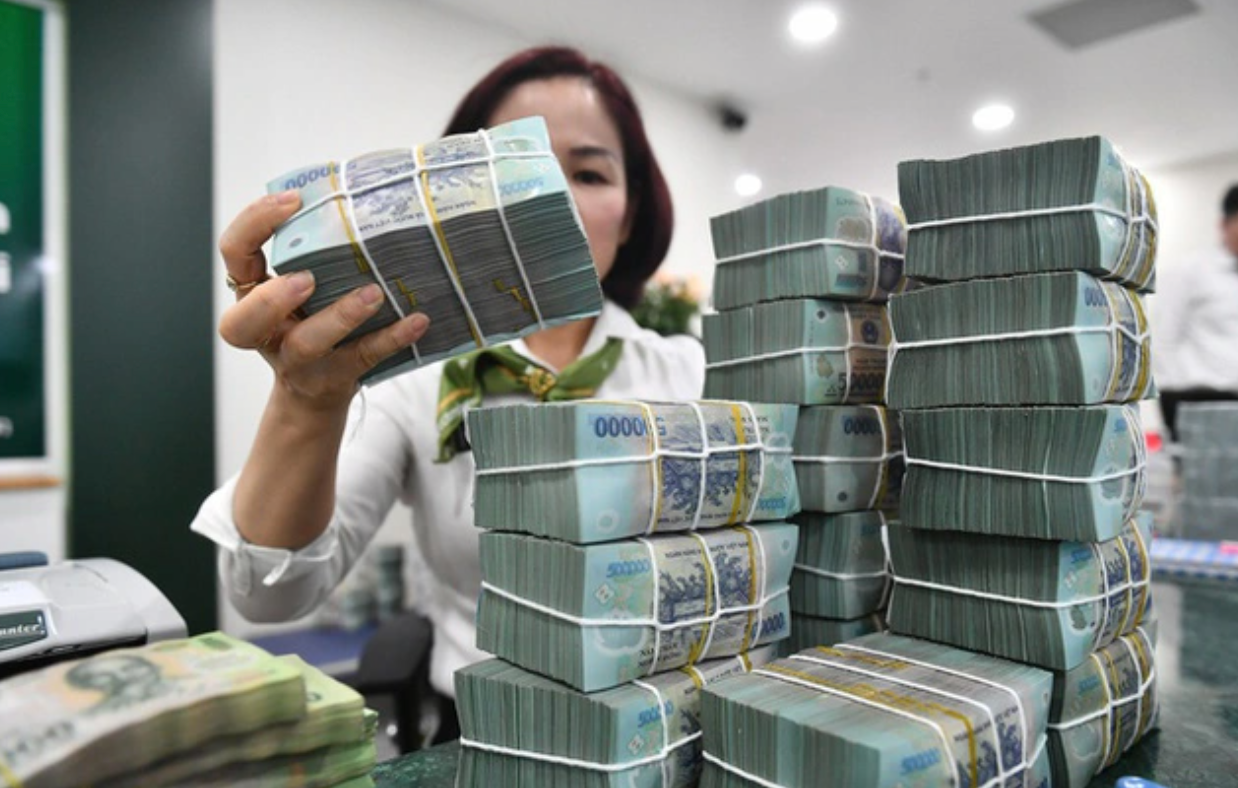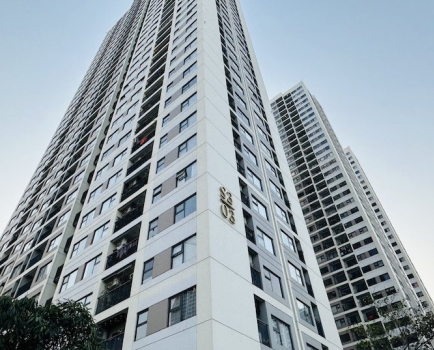Prospects for Vietnam's banking sector in 2025
Wed, 08 Jan 2025 11:08:00 | Print | Email Share:
The recovery of the real estate market, coupled with pressures from interest rates and exchange rates, is projected to drive credit growth in the Vietnam's banking industry in 2025, according to Nguyen The Minh, Head of Research at Yuanta Vietnam Securities Corporation.

In 2025, credit growth is forecast to maintain a 15% rate, driven by the recovery of the real estate market.
Key Growth Drivers
Financial statements from banks indicate that net interest income remains the primary source of revenue, accounting for up to 80% of the sector's total income in the first nine months of 2024, a slight increase from 78% in 2023.
Conversely, contributions from non-interest income sources, such as service fees and securities investment, have declined. Specifically, income from service fees dropped from 11% to 10%, while income from securities trading/investment (mainly government bonds) fell from 2% to 1%.
In 2025, net interest income is projected to remain the primary driver of profit growth, contributing around 80% of the sector's total income. This reflects expectations of a strong recovery in credit markets, especially as interest rates stabilize and the real estate market gradually rebounds in the latter half of the year.
The banking sector's credit growth as of December 7, 2024, was 12.5%, and it is expected to reach 15% by the year's conclusion. Credit growth is expected to stay consistent at 15% in 2025 as a result of the real estate market's recovery. The modest 1% growth in 2023 was far outpaced by the 5.2% increase in home loans in the first nine months of 2024 compared to the beginning of the year. This suggests that demand for loans is increasing, especially in the real estate industry.
Additionally, major banks such as HDB, MBB, VCB, and VPB, which are involved in restructuring weaker banks, are expected to continue receiving credit limits above the industry average in 2025. Notably, ACB and TCB will be prioritized for additional credit quotas due to their strong capital foundations and stable asset quality.
Challenges Ahead
A critical factor to consider is the potential increase in the cost of funds (COF) by 10-50 basis points in 2025, driven by changes in the USD/VND exchange rate. The Vietnamese dong depreciated by approximately 4.3% in 2024, exerting pressure on bank funding costs.

The State Bank of Vietnam (SBV) may keep tightening its liquidity in this situation, which would increase the cost of funding. Furthermore, it is anticipated that expenses would rise as banks issue bonds to get long-term funding to satisfy capital adequacy requirements.
However, because demand deposit funding is cheap, banks with high CASA ratios—like TCB (36.5%), MBB (36.5%), and VCB (34.8%)—will have a major edge in controlling funding costs. With better loan returns, especially in long-term real estate financing, the sector's net interest margin (NIM) is expected to either stay the same or grow by 5–10 basis points in 2025.
Meanwhile, income from securities trading and investment will continue to face challenges due to the high interest rate. Income from securities trading and investment declined by 24% year-on-year in the first nine months of 2024. High interest rates are likely to persist in 2025, resulting in stagnant growth for this revenue segment.
In terms of asset quality, as of Q3 2024, the sector's non-performing loan (NPL) ratio slightly increased to 2.26% from the previous quarter, but the ratio of Group 2 loans (under special mention) fell to 1.72%. Notably, the loan loss coverage ratio (LLR) reached 83%, reflecting strong asset quality control across the sector.
Banks with the greatest LLR (205%), such as VCB, are a bright light because they provide for more flexibility in managing bad debts and lessen provisioning requirements.
Circular 53/2024 on debt restructuring for Typhoon Yagi-affected consumers was recently released by the SBV. By reducing short-term provisioning requirements, this action might give 2025 profit growth even more impetus.
Positive Stock Market Outlook
For stock market investors interested in the banking sector, we believe one of the key factors influencing bank stock valuations in 2025 will be the recovery of the real estate market.
Following a challenging period, the real estate market is forecast to rebound in the second half of 2025, driving credit demand growth and improving bank asset quality.
With the banking sector's current P/B ratio at 1.1x and ROE estimated at 18% in 2025, the sector's outlook appears positive. Banks focusing on retail segments such as ACB, VIB, TCB, VCB, HDB, MBB, and VPB are expected to benefit significantly from this recovery trend.
In conclusion, Vietnam's banking sector in 2025 is projected to recover strongly, supported by improvements in credit and real estate markets. While funding costs may rise due to external factors, banks with robust financial foundations and high CASA ratios will maintain stable NIMs. Furthermore, banks with solid asset quality will continue to benefit from effective bad debt management and profit improvements.
With a positive outlook, particularly driven by the recovery of the real estate market, bank stocks are likely to achieve higher valuations in 2025. Investors may consider including bank stocks such as ACB, TCB, VCB, HDB, MBB, and VPB in their portfolios.
By: BUSINESS FORUM MAGAZINE
Source: https://en.diendandoanhnghiep.vn/prospects-fornbsp-vietnam039-s-banking-sectornbsp-in-2025-n41860.html
---------------------------------------------
Same category News :













